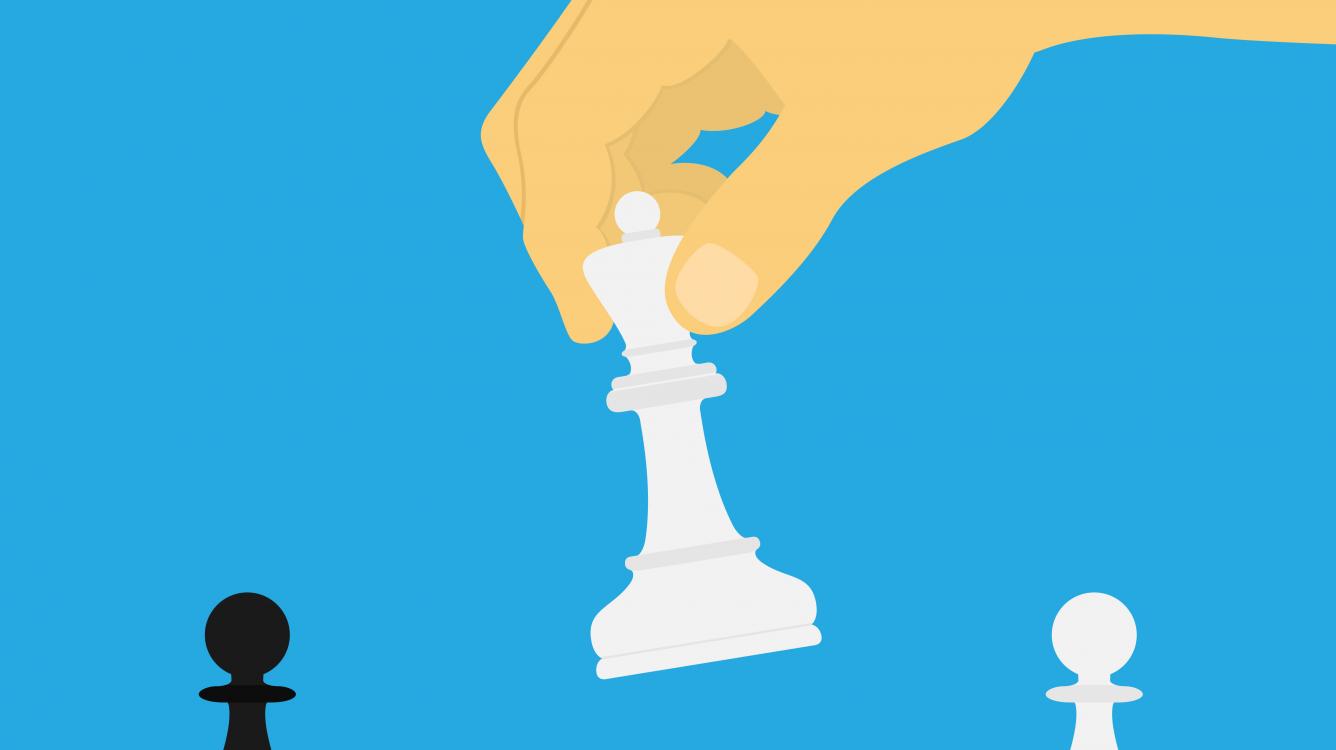
The Touch-Move Rule Outbreak
At the end of last week's article I mentioned that "recently we witnessed a real outbreak of touch-move rule violations."
I think we can explain this phenomenon by a huge advance in modern technology and particularly devices capable of recording video. Just think about many cases (like Gufeld's story in the above-mentioned article) where the touch-move violations went unnoticed or unpunished. Do you think Shirov's cheating opponent would remain unpunished if the game had been video recorded?
Yes, modern technology is very helpful, according to GM Levon Aronian.
Here is the video of the recent high-profile touch-move incident:
And here is Aronian's explanation of what happened, recorded during the press conference immediately after the game:
It starts at about 5:23. If you don't speak Russian, then here is a pretty close translation of what was said:
Levon Aronian: "I appealed to his conscience. He said 'no way,' and then I told him 'there is video of our game available.'
Alexandra Kosteniuk: "and then his conscience kicked in" (both laughing).
The host (GM Alexandra Kosteniuk) had a similar experience in her own game that she describes here (you can proceed straight to 6:28):
You can see in the following video that Carlsen had a similar problem with a touch-move rule in another game. You can go straight to 9:10 If you are not sure what happened there. We already discussed this game in this article.
One of the most popular touch-move rule violations is castling starting with a rook. FIDE rules are pretty clear: you are supposed to move your king first when you castle, but look at the next video:
After Anatoly Karpov castles starting with his rook, GM Nepomnyashchiy looks around for an arbiter but at the end he decides just to make his move and leaves the rule violation unpunished. It is funny that he encountered the same situation two years later in the following infamous episode (start watching around 0:43):
Before you accuse both Karpov and Nakamura of cheating, look at their body language. I am absolutely sure that they both did it unintentionally; it is probably matter of habit. Notice that they both started to castle with a rook and then adjusted the king with one finger after the castle has been completed, and the clock had been pressed already.
Since we're talking about the touch-move rule, it is impossible to miss a related high-profile incident in the game Nakamura-Kasparov.
The root of the problem is the "clock-move rule" popular in many blitz tournaments in the U.S. According to this rule, a move is not considered completed until you press the clock. Even the official commentator GM Yasser Seirawan was confused what rule was used in the Ultimate Blitz Challenge.
Hikaru Nakamura deserves credit for not enforcing the rule and getting the whole point (the actual game was eventually drawn). He just smiled and acted in the true spirit of this friendly event. But in official events, once you let the piece go, the move is done and cannot be changed regardless if the clock was pressed or not.
Watch what GM Morozevich did in the same exact situation (go straight to 8:58).
In this article we discussed this episode and the reason why Morozevich's hand instinctively reaches to make another move only to realize that it is illegal.
Now you can see that as video recording of tournament games becomes more widespread, we are going to witness more touch-move rule violations in the future.
At least we know who to blame for this epidemic. It is technology's fault!



